1. Dapper Dan
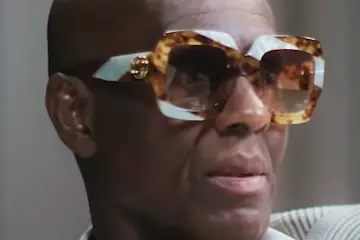
Dapper Dan is the undisputed king of blending high fashion with street style. In the ‘80s, his Harlem boutique became legendary for reimagining luxury brands with a hip-hop edge. He took iconic logos from Gucci, Louis Vuitton, and Fendi and turned them into bold, oversized jackets, tracksuits, and accessories that rappers and athletes couldn’t get enough of. His clientele included LL Cool J, Salt-N-Pepa, and Mike Tyson, who all rocked his custom looks. But the high-fashion world wasn’t ready for his innovation, and he faced lawsuits that forced him to shut down. Still, his influence never faded—if anything, it only grew stronger says Yahoo. Today, the luxury houses that once rejected him now embrace him, with Gucci officially collaborating with him in 2017.
Dapper Dan’s influence is everywhere, from the rise of logomania to the way streetwear and luxury have fully merged. When you see celebrities in monogrammed puffer jackets or custom designer track pants, you’re seeing his legacy in action. His work changed how people view high fashion—it’s no longer just for the elite, but for the culture. What once started in a small Harlem shop is now a global phenomenon. The flashy, oversized, and unapologetically bold aesthetic he pioneered is now a staple on runways and in everyday style. His comeback story is proof that real visionaries always get their due, even if it takes the industry a few decades to catch up.
2. Virgil Abloh
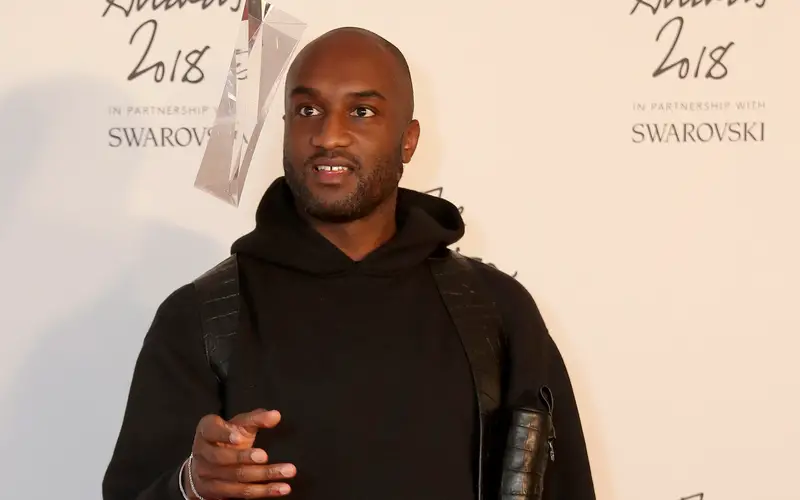
Virgil Abloh redefined modern fashion by proving that streetwear could be just as influential as couture. As the creative director of Louis Vuitton’s menswear and the founder of Off-White, he bridged the gap between luxury and everyday style. His approach was fresh, mixing high-end tailoring with raw, industrial elements like zip ties, quotation marks, and construction-inspired designs. He made fashion feel accessible, bringing in influences from music, architecture, and skate culture. Abloh’s background in engineering and design gave him a unique perspective, allowing him to reshape how people interact with clothes. He was also a key figure in bringing more diversity to the fashion world, ensuring that Black creatives had a seat at the table says WREX.
His impact is still undeniable, even after his passing in 2021. Off-White remains one of the most sought-after brands, and his work at Louis Vuitton left a lasting mark. His signature deconstructed aesthetic can be seen across the industry, influencing brands from Balenciaga to smaller independent labels. He proved that fashion wasn’t just about clothes—it was about storytelling, collaboration, and breaking boundaries. The way sneaker culture has become an integral part of high fashion? That’s Abloh’s influence. His legacy lives on in the way designers continue to push the limits, blending streetwear with luxury in ways that feel fresh and relevant.
3. Telfar Clemens
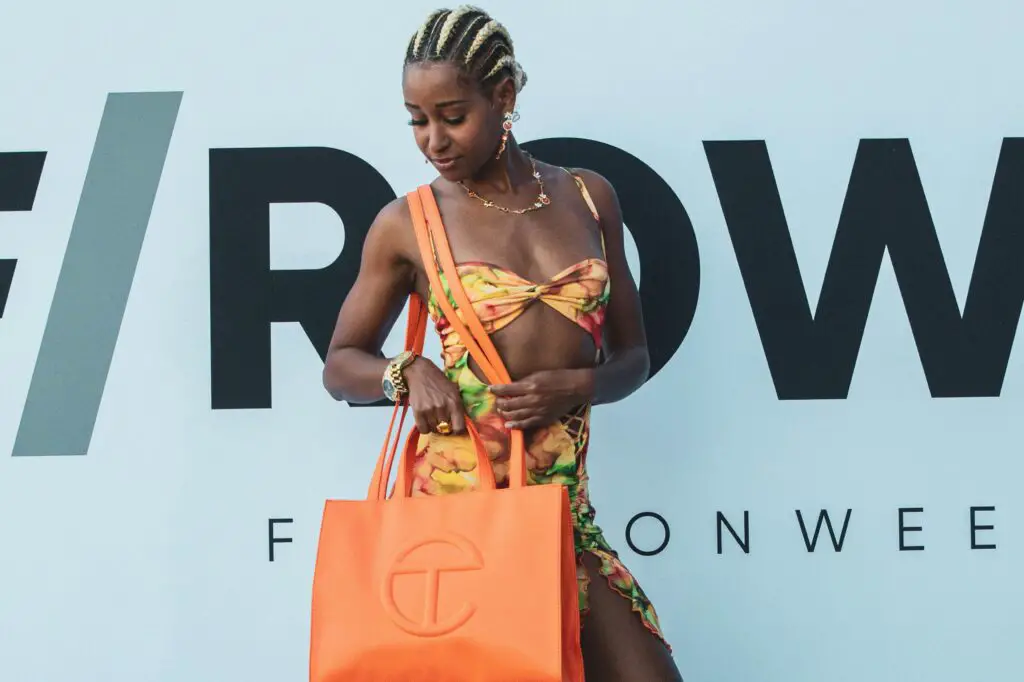
Telfar Clemens changed the game with one simple philosophy: “Not for you—for everyone.” His namesake brand, Telfar, is built on inclusivity, making luxury feel accessible in a way that traditional fashion never did. The Telfar Shopping Bag, often called the “Bushwick Birkin,” became a cultural phenomenon, selling out in minutes and redefining what it means to own a coveted fashion item. Clemens, who launched his brand in 2005, spent years building his vision before the mainstream caught on. He was ahead of the curve with gender-fluid fashion and democratizing luxury, long before the industry embraced those ideas. His designs are simple yet bold, effortlessly blending function with high fashion explains New York Post.
The Telfar bag’s popularity is a testament to Clemens’s impact. Instead of making exclusivity his selling point, he did the opposite—his bags are meant to be owned by everyone, not just a select few. The brand’s direct-to-consumer model, community-driven marketing, and anti-gatekeeping approach have reshaped the fashion industry. Other brands have scrambled to replicate his success, but Telfar remains in a league of its own. The way we think about luxury fashion today—less about status, more about cultural relevance—is directly tied to Clemens’s influence. His designs aren’t just trendy; they represent a shift in fashion’s power structure says GMA.
4. Olivier Rousteing
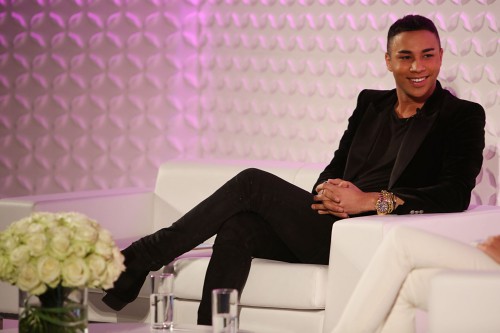
As the creative director of Balmain, Olivier Rousteing has made his mark with bold, statement-making designs. He took over the luxury house in 2011 at just 25, becoming one of the youngest designers to lead a major brand. His signature aesthetic—strong shoulders, intricate embellishments, and a mix of military and glam—has made Balmain a red carpet staple. Celebrities like Beyoncé, Rihanna, and Kim Kardashian have all worn his designs, making Balmain one of the most recognizable luxury brands of the past decade. Rousteing’s work celebrates power and confidence, blending classic couture elements with modern edge.
His influence can be seen in the way fashion has embraced high-octane glamour in everyday wear. The popularity of structured blazers, metallic finishes, and heavily adorned fabrics owes a lot to his vision. He’s also been a vocal advocate for diversity in fashion, using his platform to push for more inclusivity on runways and in campaigns. His personal story—being adopted and rising to the top of an industry that historically lacked Black leadership—makes his success even more meaningful. Rousteing’s work continues to shape how we see luxury fashion, proving that heritage brands can evolve without losing their identity.
5. Tracy Reese
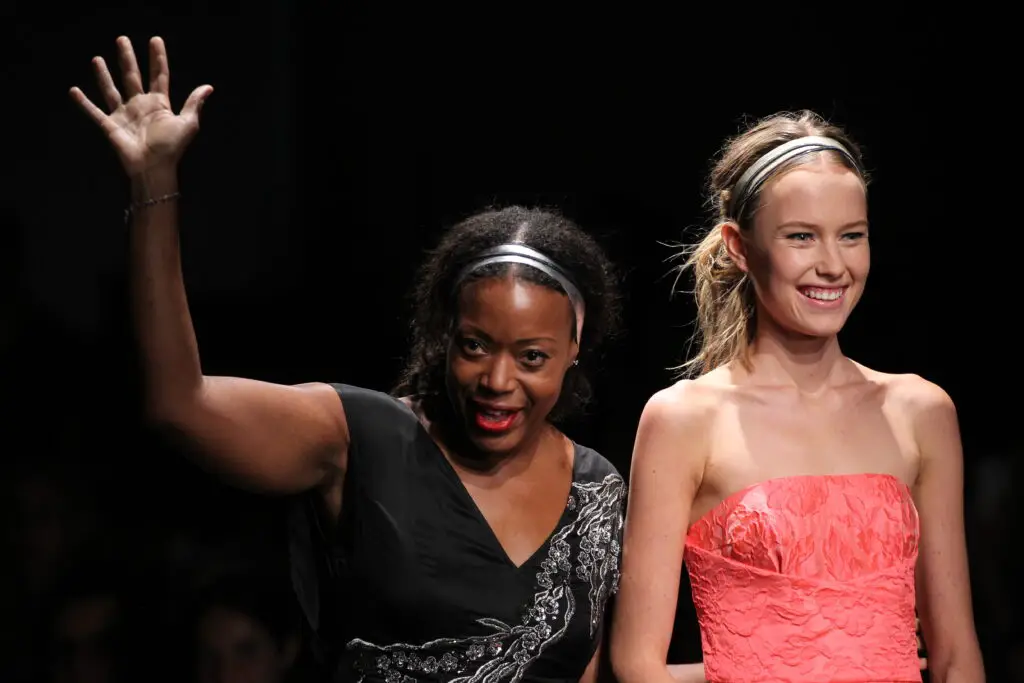
Tracy Reese has been a force in fashion for over two decades, bringing vibrant colors, feminine silhouettes, and timeless elegance to the industry. Since launching her brand in 1998, she’s dressed icons like Michelle Obama, Sarah Jessica Parker, and Oprah Winfrey. Her designs celebrate bold prints and effortless chic, making her a go-to for women who want to feel confident and stylish. Reese’s approach to fashion is about more than just aesthetics—she’s deeply committed to sustainability and ethical production. Her newer brand, Hope for Flowers, focuses on eco-friendly materials and responsible sourcing, proving that fashion can be both beautiful and mindful.
Her impact extends beyond her own brand. As one of the few Black female designers to break into mainstream fashion, she paved the way for more diversity in the industry. Her work has influenced a new generation of designers who prioritize both creativity and ethics. The trend toward more sustainable, slow fashion? Reese was ahead of the curve. Her legacy isn’t just in the clothes she’s designed, but in the way she’s pushed the industry to think differently about fashion’s role in the world. She continues to inspire, showing that style and substance can go hand in hand.
6. Stella Jean
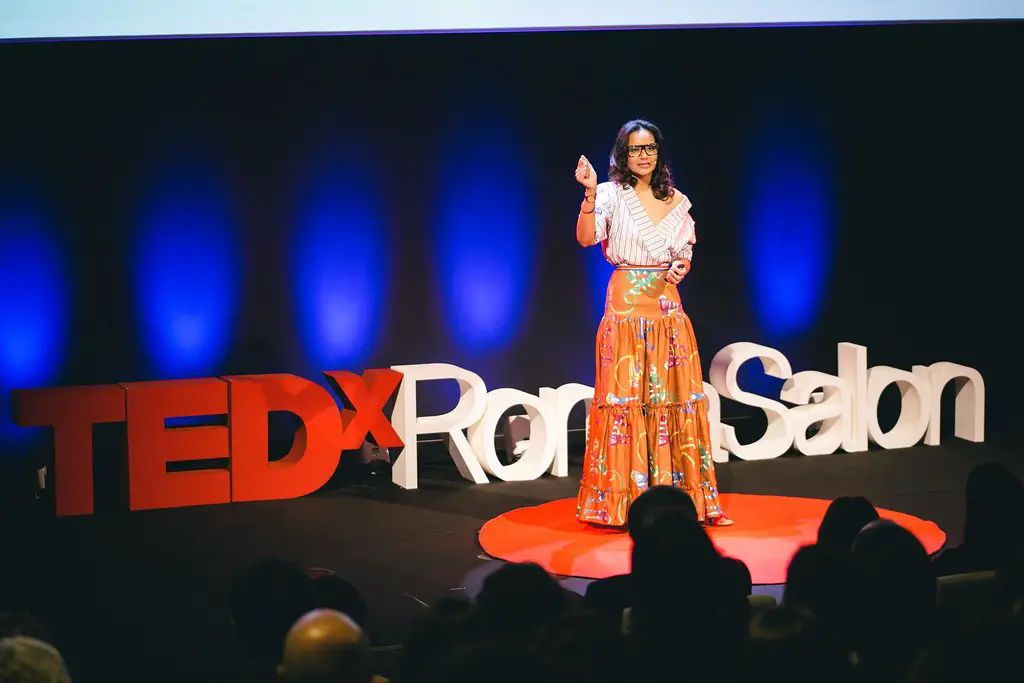
Stella Jean has made a name for herself by blending Italian luxury with her Haitian heritage, creating fashion that tells a story. Her designs are known for their bold prints, rich colors, and global influences, making her one of the most exciting designers in contemporary fashion. She started her career under Giorgio Armani’s mentorship, but quickly carved out her own space with a unique aesthetic that merges tradition with modernity. Her collections often incorporate handwoven textiles from artisans around the world, ensuring that her work has both cultural and ethical significance. Jean is also outspoken about the lack of diversity in fashion, using her platform to advocate for more inclusion.
Her impact is seen in the growing appreciation for culturally inspired fashion. The mix of heritage textiles with high-fashion cuts has become more popular, thanks in part to her vision. Designers are increasingly working with artisans and embracing authenticity in their work, something she’s championed for years. Jean has also helped shift the conversation around sustainability, proving that ethical fashion can still be luxurious. Her work challenges the industry’s Eurocentric norms, making space for more diverse voices. She continues to push boundaries, showing that fashion can be both political and beautiful.
